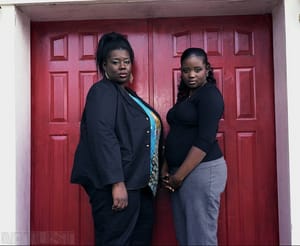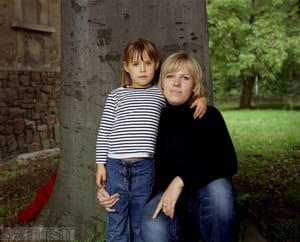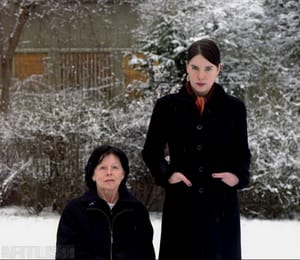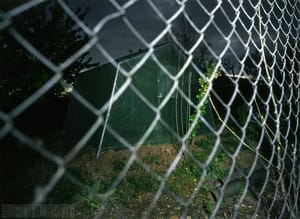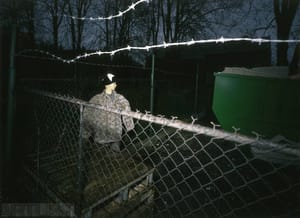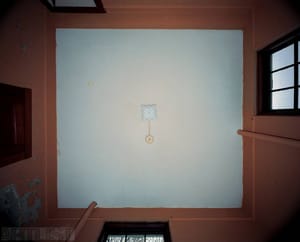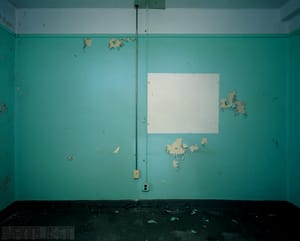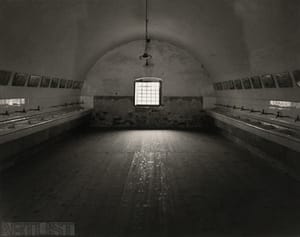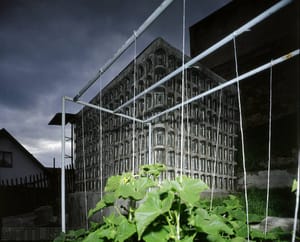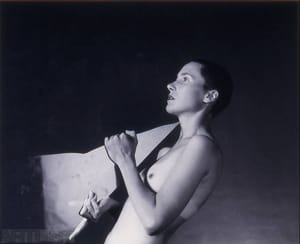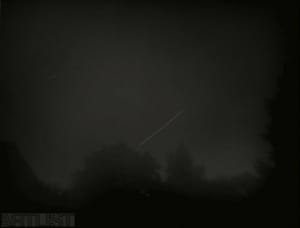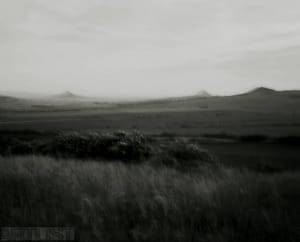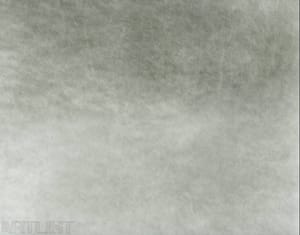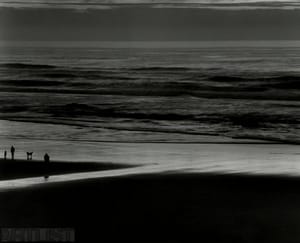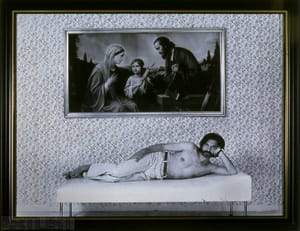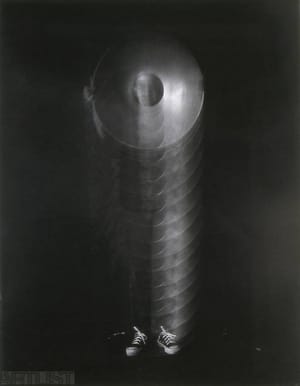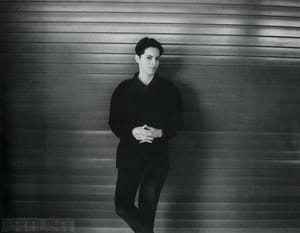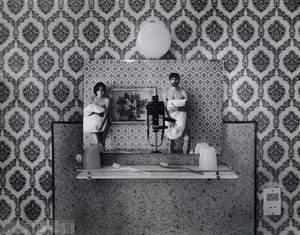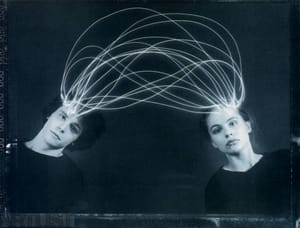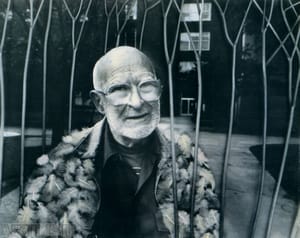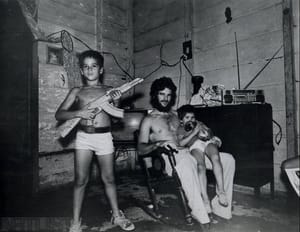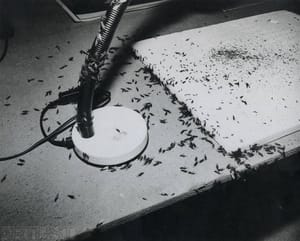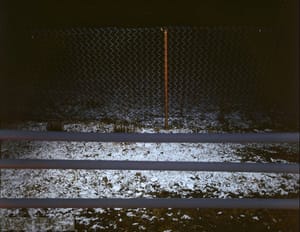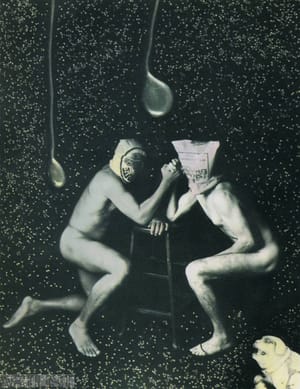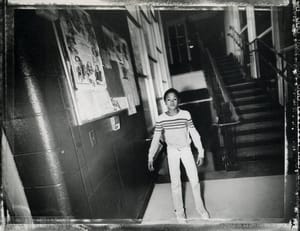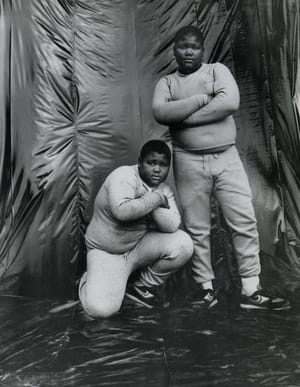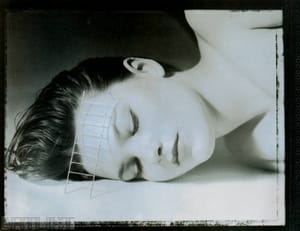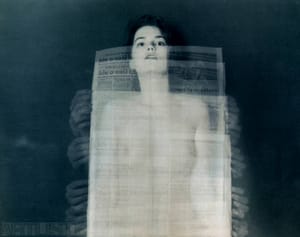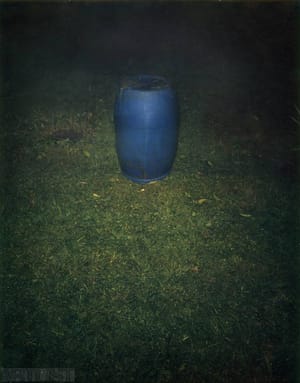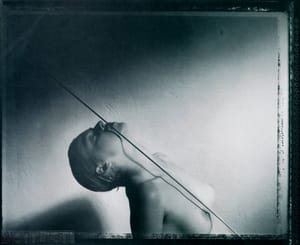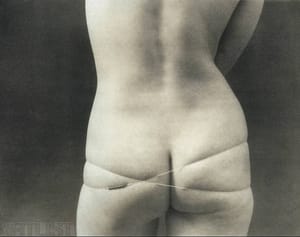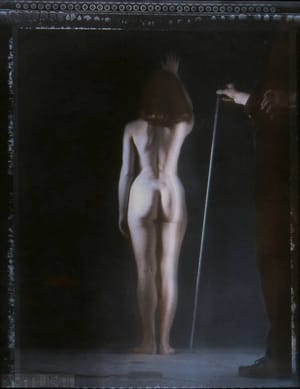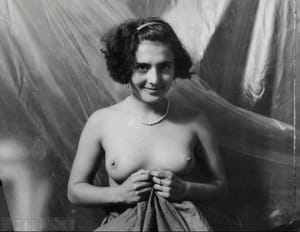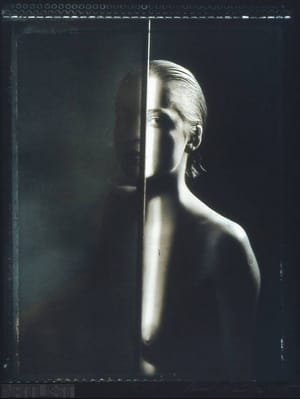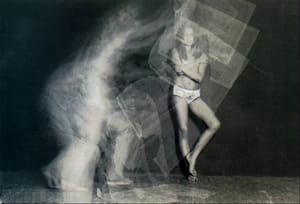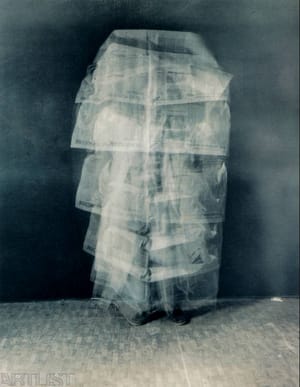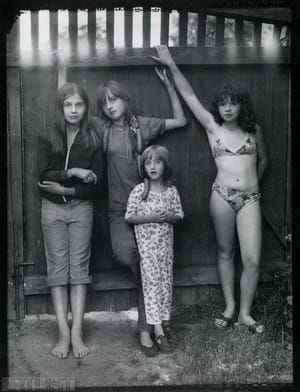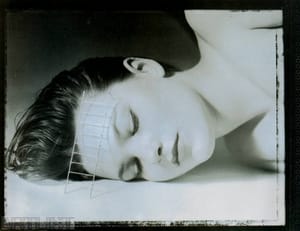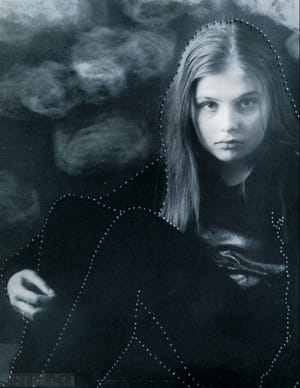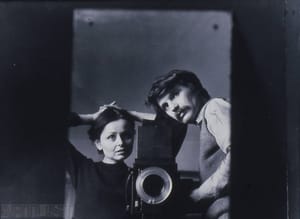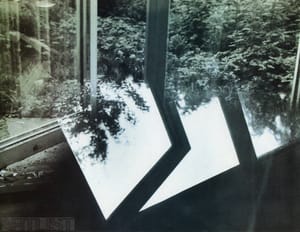- First Name
- Pavel
- Surname
- Baňka
- Born
- 1941
- Birth place
- Praha
- Place of work
- Praha
- Website
- http://pavelbanka.com/
- Keywords
- CSU Library
- ↳ Find in the catalogue
About artist
Pavel Baňka belongs among the dominant figures in contemporary Czech photography. However, despite this fact, it is not easy to assign him to a specific trend or artistic movement in the local environment. Perhaps this is because he found his way to photography indirectly and gradually. Perhaps the fact that he had already, in a natural manner, made a name for himself on the international photography scene during the second half of the 1980s has something to do with it. Baňka, in short, always took an independent course and this fact makes his work both opaque and, to a certain degree, provocative.
Pavel Baňka’s first personalised collections began to appear at the start of the 1980s. Following the trend of then Czechoslovakia and to a large degree the European photography scene at that time, he devoted his work to the arranged lines of black-and-white photography, grown up from the principles of the inter-war Avant-Garde. Surreal dreamlike symbols definitely disappeared from this artist’s works at the end of the 1980s. It morphed into a more abstract „painter’s“ style, on an increasingly post-modern level, characterized by muting of the gestures of the manipulative staging of motifs and, at the same time, by enchantment through the possibilities of colourful, technical image. At the height of the post-photographic period, which occurred during the 1990s, Baňka returns, however, to an approach that suppresses the dominance of colour.
In these newer photographic collections created in the changing societal, political and cultural conditions of the post-totalitarian transformation, the artist builds on, among other things, the prior conceptually-limited generation of expression-frugal photographers. The pressing cheapness that in certain cases grows into the mechanicalness of the creator’s gestures tends, in his case, to be the empowered elements of canonical compositional schemas. Yet such an approach also enriches and protects moments of surprised extraction from eventual depletion. They build up to the viewer’s uncertainty of the fictive inappropriateness of the photo taken – for example, use of flash to light nocturnal images. In fact the use of artificial light in the exterior of Baňka’s unpolished approach to the issue of visual representation continues to develop and empower them (the images). The almost mythical atmosphere of photos modelled in this way brings us closer to the roots of his strategy for expression. The world of „grand“ art converges with a boyish desire to expose what is suspect, to lighten up the dark corner, and to get to the heart of the matter.
This neoconceptual trend in Baňka’s works appears perhaps most markedly in his abstract cultural landscapes (the Lit-up Night – Agrarianism series, 2003-2007) or on the contrary archetypal landscapes (the Infinity series, 1997-2000), or possibly in the content-significant details of architecture (the Marginality series, 1986-2004). The artist constantly returns to the matter of landscape records or architectural elements and projects onto them a broad collection of globalised, social, yet also subjective and intimate levels. The places he records have no meaning in and of themselves, for they lack a clearly readable geographic characteristic referring to a specific place or environment. Baňka uses to a certain degree dehumanised slices of nature as a specific form of visual score. Together with the reaction of the artist’s desires – discoverers summon through his, in many ways descriptive, images a feeling of pre-industrial grandeur and an acceptably attractive desire for nostalgic moderation. A connection set up in this way suggests to the viewer an almost transcendental experience and allows the photographer, when taking his photos, to launch his own sort of creative catharsis. The internal dilemma between attractive aesthetisation of themes and the oppressively closed off narrative value of the secondary document is then later fully displayed in the photos taken in an abandoned hospital complex in Connecticut in the USA (series Mansfield, 2002-2003).
The feeling of timelessness speaking to the relativity of human fate, the themes thrown out with bravado or the flashes in the dark in the form of nuclei of intimated stories all express the artist’s rich internal life: that of the photographer, who in an unexhangeable, highly poetic manner delivers a message about the contemporary world and the history of past ones. Each photo by Pavel Baňka represents a miniature image haiku that opens a wide space for the imagination. However, they also contain an encrypted visual and societal message.
- Author of the annotation
- Michal Koleček
CV
Studies:
1958-1963 studies at the Czech Technical University in Prague
Employment, activities:
Editor in Chief, Fotograf magazine (http://www.fotografnet.cz),
Since 1994 head of the Studio of Photography: Associate Professor, Faculty of Art and Design, University J. E. Purkyně, Ústí nad Labem
1991 co-founder of Pražský dům fotografie (PHP)
Exhibitions
- Solo exhibitions
-
2011
Pavel Baňka: “Spiritual spaces”, SouthEast Museum of Photography, Daytona, Fl. USA
Pavel Baňka “Nejen Marginálie” Dům umění města Brna, (knižní katalog “Marginálie” – nakladatelství Kant
Pavel Baňka: “O fotografii”, Špálova galerie v Praze
2010
Pavel Baňka: “Z mého života”, spolu se Sivií Milkovou: “Horizont událostí”, Galerie 5. patro, Praha
2009
Pavel Baňka: “Fotografie”, Galerie Lenka T, Art Karlsruhe
2008
Pavel Baňka: “Fotografie ze sbírky PPF Art”, Galerie Louvre, Praha
2007
Pavel Baňka: “Zjasněná noc”, Galerie Feducia, Ostrava
Pavel Baňka, Jindra Viková: “V krajinně”, Český Krumlov, Máselnice (hrad)
2006
Pavel Baňka: “Agraria et Marginalia”, České centrum, Paříž
Bohatství, Galerie Šternberk, Šternberk (společně s V. Jiráskem a J. Šigutem)
2005
Bohatství, Galerie U Bílého nosorožce, Klatovy (společně s V. Jiráskem a J. Šigutem)
Musée de la Photographie Charleroi Belgie
2003
"Terezín - Mansfield / Mansfield - Terezín", Veletržní palác, Praha, kurátor: Tomáš Vlček
Galerie Witteveen, Amsterdam
Alan Klotz Gallery, New York
2001
"Infinity", Rudolfinum, kurátor: Martina Pachmanová
http://www.galerierudolfinum.cz/cs/vystavy.php4?v=8
1999
„Všechno a nic“, Purkrabství pražského hradu, Praha, kurátor: Martina Pachmanová
"Everything and nothing", Benham studio gallery, Seatle, USA
"Všechno a nic", Dom kultúry, Bratislava
Fotografie Forum international exhibitions, Frankfurt am Main
1998
„Všechno a nic“, Oblastní galerie v Karlových Varech, kurátor: Martina Pachmanová
1995
Dům umění města Brna, Brno
- Collections
- Museum Ludwig v Kolíně nad Rýnem Musée de L’Elysée, Švýcarsko Národní knihovna v Paříži Museum of Fine Arts v Houstonu Museum of Fine Arts v Bostonu Art Institute of Chicago International Center of Photography v New Yorku
Monography
- Monography
Pavel Baňka: Zjasněná noc, katalog ke stejnojmenné výstavě v Galerii Feducia, Ostrava, 2007 Pavel Baňka: TEREZÍN/MANSFIELD (katalog), k výstavě ve Veletržním paláci, Národní galerie, Praha, texty Tomáš Dvořák a Pavel Baňka, Praha 2002 Pavel Baňka: INFINITY (katalog), texty: Anne Tucker a Martina Pachmanová, Galerie Rudolfinum, Praha, 2001 Pavel Baňka: Všechno a nic (katalog), texty: Martina Pachmanová a Pavel Baňka, Pražský dům fotografie, Praha 1998 Martina Pachmanová: Pavel Baňka – fotografie (katalog), BWA Wroclaw 1996 Ron Geibert: Photography in the 1990s (CD-ROM katalog), Dayton, Wright State University Art Galleries 1995 Pavel Baňka a Tomáš Vlček: Pavel Baňka – Vzpomínky a představy (katalog), Praha, F.I.K. 1991 Tomáš Vlček: Jindra Viková – Ceramic Sculpture, Pavel Baňka – Photographs (katalog), Chicago, Baruch Gallery 1991 Photographie der Gegenwart (katalog), Heidelgerg, Edition Braus 1990 Martti Kapanen: Pavel Baňka – Photographs (katalog), Alvar Aalto Museum, Jyvaskyla 1987
